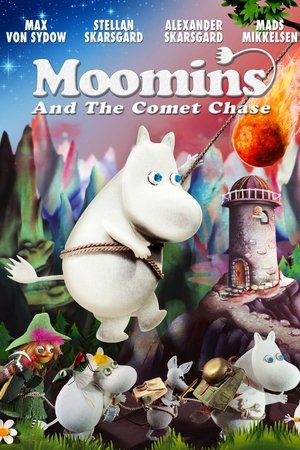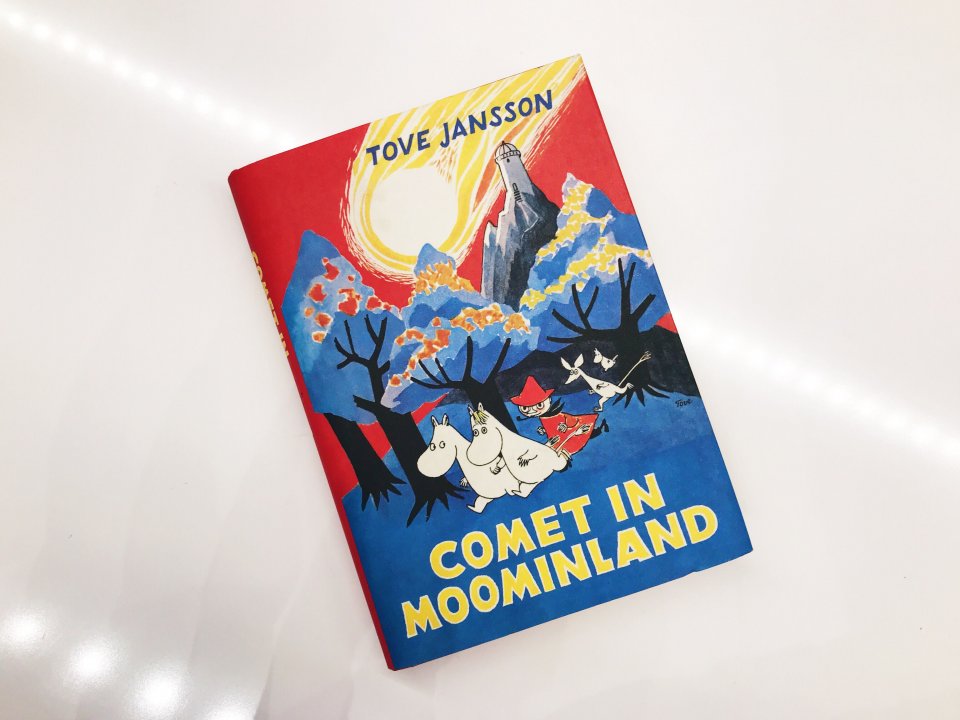


Thus the Snork and the Muskrat only appear in one further book each … which is no great loss in the case of the Snork, in my opinion, though I do wish we’d got to see more of the Muskrat. I have the sense, though, that Jansson only stayed with any particular character so long as he or she remained interesting, with ‘dull’ characters not invited back.

Several of the characters introduced in this book-the Muskrat, the Snork, the Snork Maiden, and Snufkin-recur in the later books, to a greater or lesser extent. There is still a trace of two-dimensionality, in particular, around Moomintroll’s parents, though this perhaps reflects their largely reactive role in the book: there’s little sign, here, of Moominpappa’s occasional wanderlust or of Moominmamma’s eventual quiet rebelliousness, although she does get to lose her temper a little at one point. The Moomin family here is not as well-rounded as it would later become (both literally and figuratively). Later books would also emphasise character to a greater degree.

The book thus shares a focus on disaster, a concern with natural hazards, and a pittoresque linearity of plot with its predecessor later books would be more wilfully didactic, more seriously whimsical, less quest-focussed than this. And Comet sees the introduction of several new characters, including the nomadic and staunchly anti-materialistic Snufkin, the first of Jansson’s particularly intriguing, almost scene-stealing, ‘foils’ to the Moomin family.Īs foreshadowed by the title, the story concerns the danger posed to Moominvalley-and, by extension, to Earth-by the approach of a comet on an apparent collision course. There are also some very well-handled touches of gentle humour (such as the ‘village store’ scene, with a precursor to Douglas Adams’ bistromathics), again something largely missing from the earlier book. There’s a much greater differentiation between the characters: Moomintroll and Sniff, for example, emerge here as quite distinct personalities, something that was not evident in Flood. For a start, the division of the narrative into discrete chapters greatly assists with the pacing and Jansson has found her feet with the characters. Comet, though, is a much more assured story than Flood. Both books are therefore indelibly influenced by the turmoil through which Europe was still passing. Tove Jansson was already deeply involved with the writing of Comet in Moominland, her second book, when her first book ( The Moomins and the Great Flood, which I reviewed last week) was published at the end of World War Two.


 0 kommentar(er)
0 kommentar(er)
